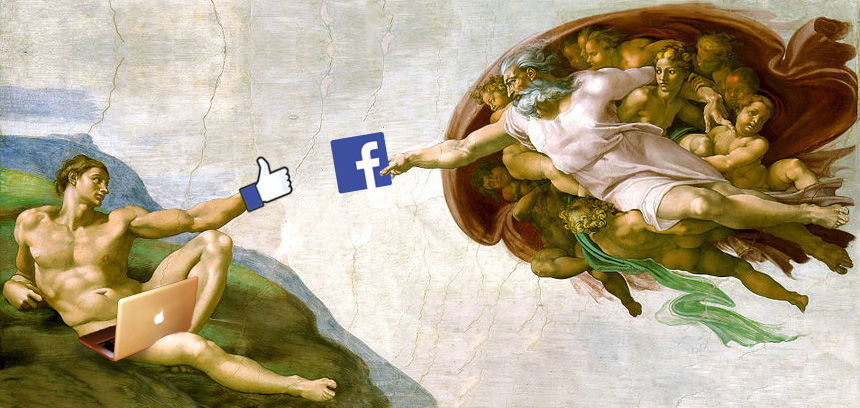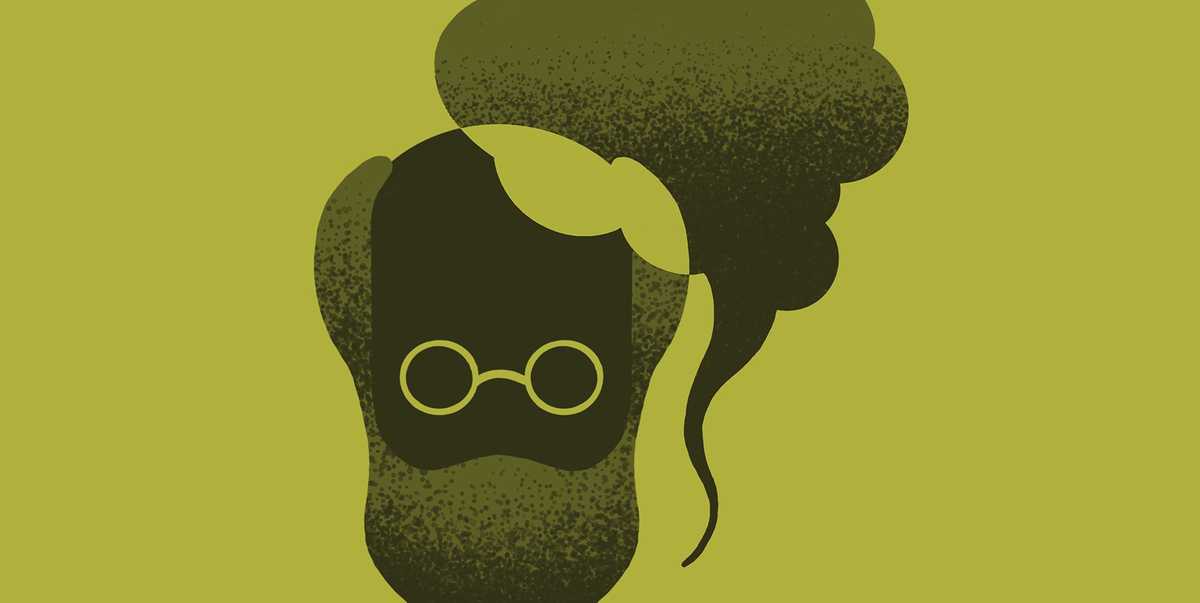
When Michelangelo painted the Sistine Chapel, he would never have imagined that his work would be viewed on Facebook by viewers all around the world, instantaneously.
This is the world of today’s visual artists, museums and galleries.
The emergence of the digital world has changed the way arts organisations communicate with their audiences. With 1.79 billion social media users worldwide and 93% of Australians on Facebook, marketing in the form of social media, blogs, websites, SEO and SEM is becoming increasingly preferred to traditional marketing techniques. Data and analytics tools are increasingly utilized to inform marketing strategy. The exchange is global and instantaneous.
At the same time, Government funding of the arts and corporate philanthropy are stagnating in Australia. With recent changes in Government funding to the Australia Council for the Arts, small arts organisations and artists are struggling to survive.
Visual artists, art galleries and museums take note: artists of today must think carefully about their arts marketing strategy. It is an opportunity too good to ignore. Here’s why.
Expand your audience.
The strategic placement of your work online means eyeballs. For the visual artist, your potential audience is no longer limited to local areas, the number of paintings, or the time of day. In the digital art gallery, your artwork is visible to everyone, at all times, anywhere in the world.
Remember that there is no substitute for the physical expression of your work. Nothing will ever replace the intricate details that you have so painstakingly thought about; the colour, texture, the frame, the context, a dark shade, a light shade, its size, the brushstrokes, the canvas. Digital copies of your work will never substitute for the original.
However, a strong social media presence raises awareness of your work with new audiences, builds a network of supporters and advocates, and keeps your existing audiences engaged – if they love your work, they want to know more about it, they will follow it, and want to understand it from every possible angle.
With careful thought into the protection of value, a digital experience will enhance the live experience of your work.
Attract global purchasers.
A strong online presence can direct an audience to digital sales points. For example, sales of visual works can be made on your website or via various online sales points such as BlueThumb and ArtToArt. Today, original works, copies and tickets can all be purchased online. This presents an opportunity for visual artists, museums and galleries to generate revenue streams by selling to world-wide purchasers. The gallery is now global.
Note also that social media platforms continue to evolve, for example, Pinterest and Instagram continue to explore ‘buy-it-now’ buttons, where art can be purchased immediately, with the click of a button.
Building an online presence.
Here are a few tips for building an online presence:
- Humans are visual. Research shows that the brain processes visual content faster than written information. You are in your element. Present your work in a visual, compelling way.
- Visual art lends itself to distribution in many formats and in many mediums digitally (see our ArtsHub presentation). Think of Facebook, Instagram, Pinterest, and Youtube as a new canvas.
- Market like an artist. Use your creativity and authentic voice to captivate your audience. Play with content. With Youtube, for example, consider an autobiographical video, a window into your artistic mind, the voices of satisfied purchasers, behind-the-scenes of an artistic partnership and so on.
As the digital world continues to expand, so do your arts marketing opportunities. The whole world is now in your gallery. Be strategic and paint the digital world with your artistic flair.

